Succulents for the dimmer corners of your house: some unusual varieties to discover

Certain indoor plants have gained widespread "fame", recognized either by their appearance or even by their names, and this includes by beginner-gardeners. Often falling into the succulent category, these plants, in most cases, belong to specific varieties. And for every well-known, "famous" plant, there exist lesser-known ones which are equally beautiful.
Most are familiar, for instance, with the fact that Zamioculcas and Sansevieria are low-maintenance plants that can thrive in dimly-lit spots in a home. However, within each of these categories, there is a plethora of varieties to choose from, each with distinct shapes and colors. Here are some examples:
Zamioculcas zamiifolia "Raven"
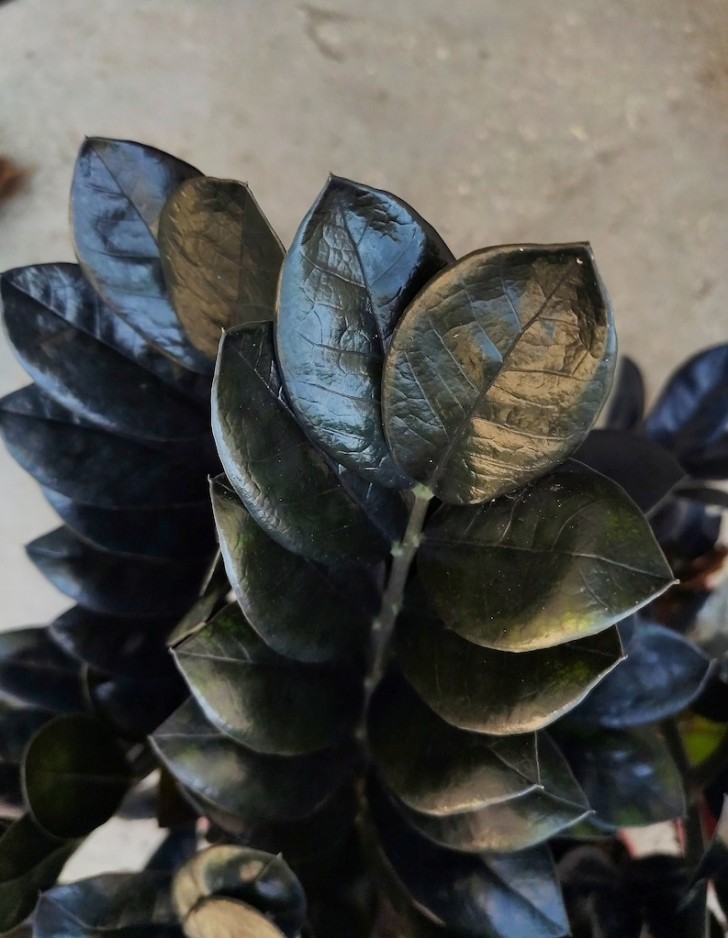
As is commonly known, Zamioculcas are perennial succulent plants that require minimal care. They are often referred to as the "money tree" due to the superstition that they can bring financial prosperity to a home. While the most well-known variety boasts vibrant green leaves, the "Raven" variety is gaining popularity, and sports a deep green shade that appears as almost black!
Zamioculcas zamifolia - Jungle Warrior or Zanzibar Gem
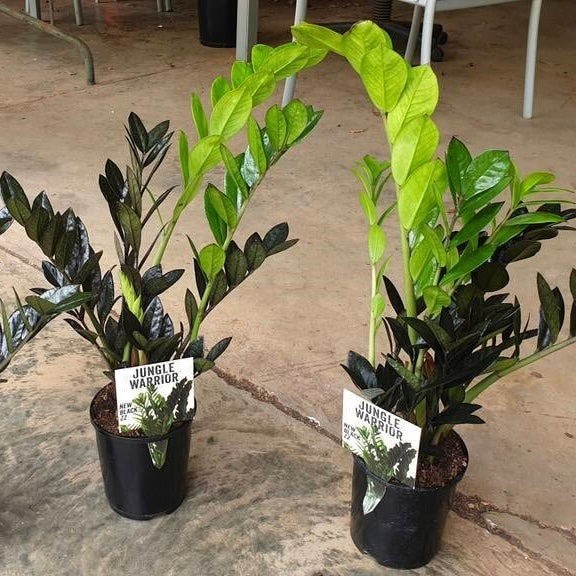
For those interested in more unique colorations, the "Jungle Warrior" or "Zanzibar Gem" variety of Zamioculcas is worth considering. It features a striking two-tone display, with bright and vibrant light green leaves juxtaposed against darker, almost black, foliage.
Zamioculcas zamifolia "Zenzi"
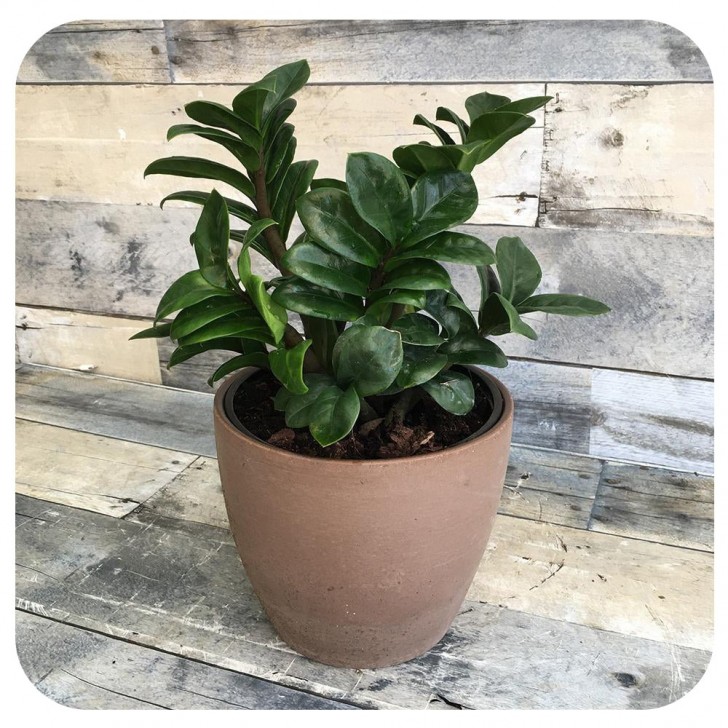
Let's take a moment to explore another member of the Zamioculcas family - a more compact variety with rounded leaves, giving it a cute and distinctive appearance compared to its well-known relative. Despite its unique look, it shares the same cultivation characteristics.
Sansevieria cylindrica

The Sansevieria, known for its flat-leaf trifasciata variety, holds a special place as a beloved indoor plant, especially in the realm of interior design. While there are numerous varieties, the S. Cylindrica, characterized by its cylindrical-shaped fleshy leaves, is a less commonly chosen option.
Just like the other plants mentioned, it's essential to consider their need for light. While they thrive in well-lit areas, they can tolerate locations with indirect sunlight. However, none of these plants can thrive in complete darkness.
Sansevieria “Star Canyon Granite"
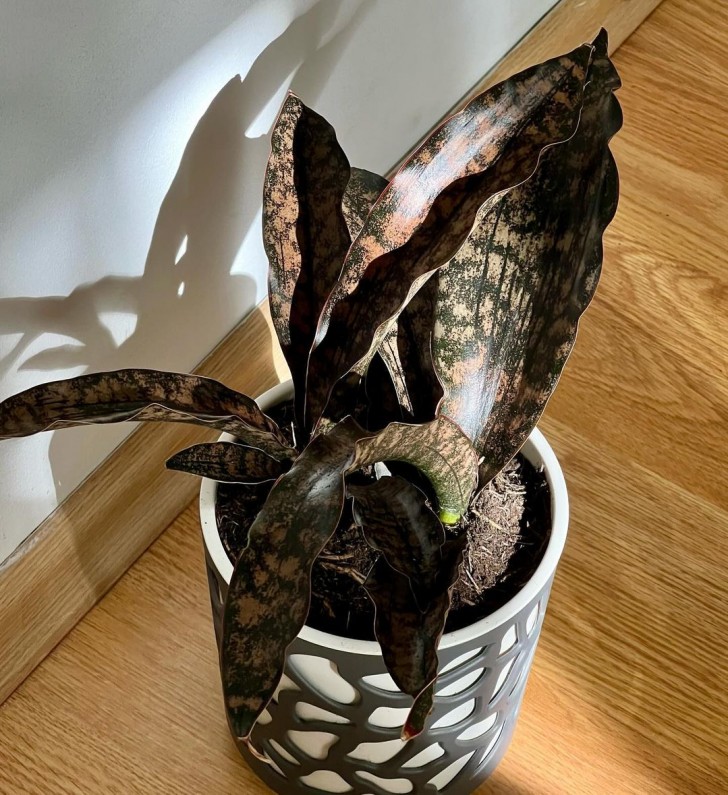
Referred to as Sansevieria "Star Canyon," this variety is not as widely well-known as others within the Sansevieria family. However, its dark and marbled leaves showcase a captivating beauty that could easily steal the spotlight.
Pilea serpyllacea 'Globosa'
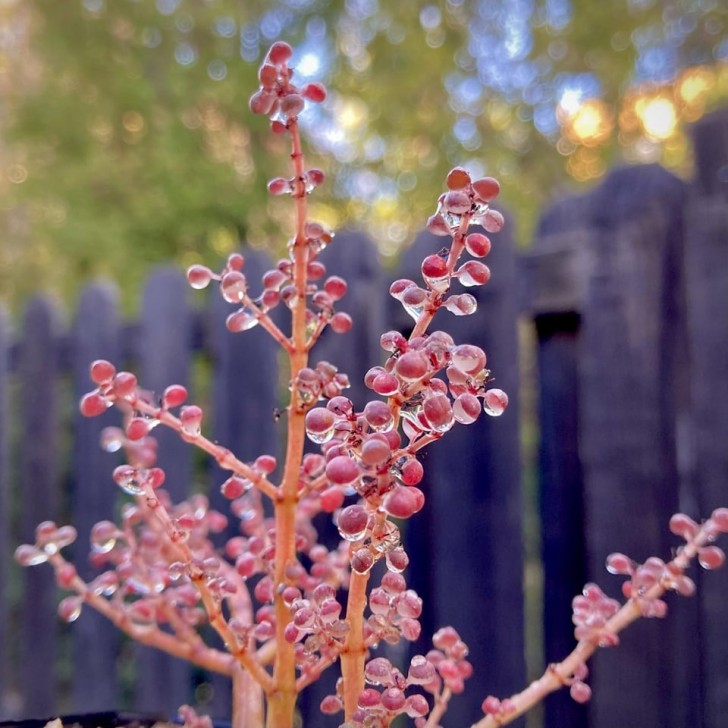
The appearance of this plant might not immediately reveal its more famous relative, but the name is the main clue: we are talking about Pilea peperomioides, a plant with round and flat leaves and often referred to as the "Chinese Money Plant" (although this nickname is shared with various other plants). However, here we are discussing the Serpyllacea "globosa" variety, which has a more trailing habit (like thyme) and spherical leaves (hence, globosa). Although it enjoys sunlight, it can also grow in low light conditions. If you want the almost translucent leaves to take on a more red or even plum color, it will need more exposure to the sun.
Have you ever cultivated any of these varieties?